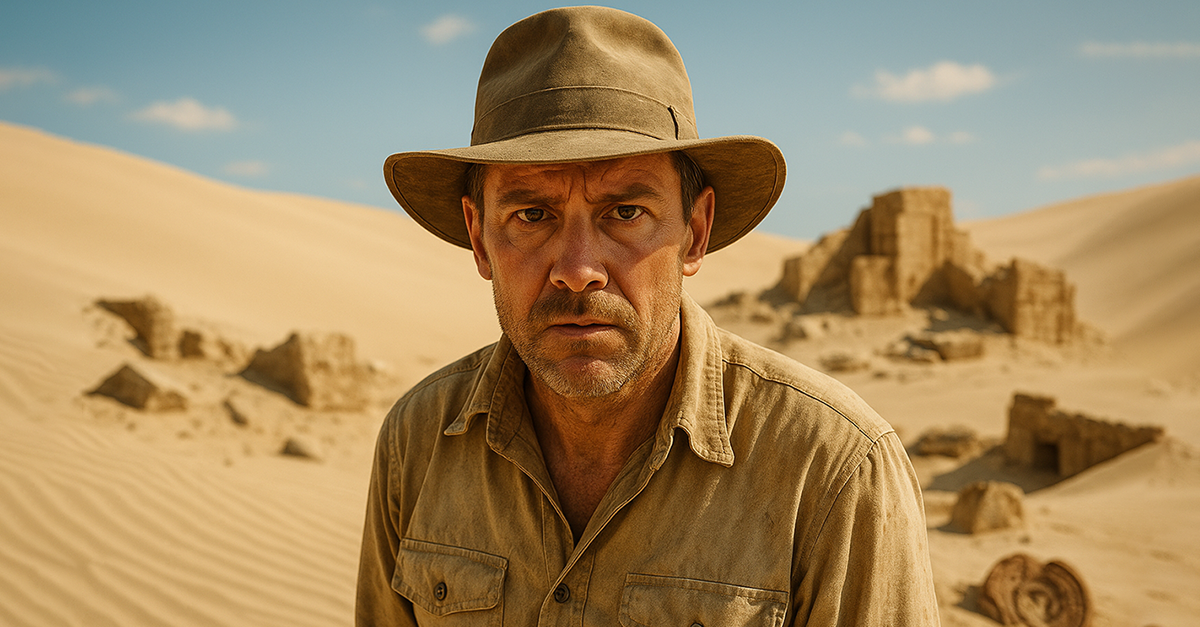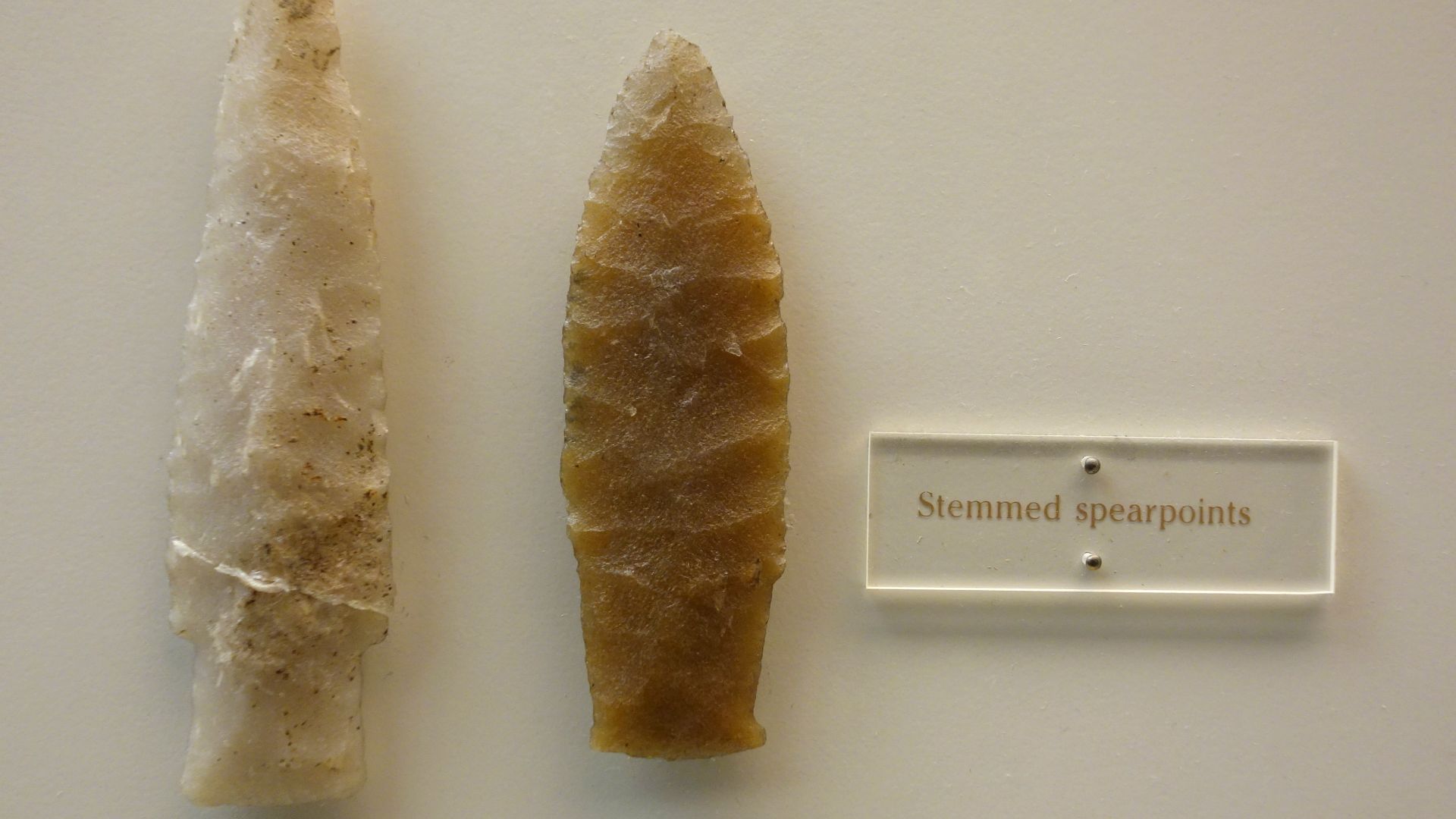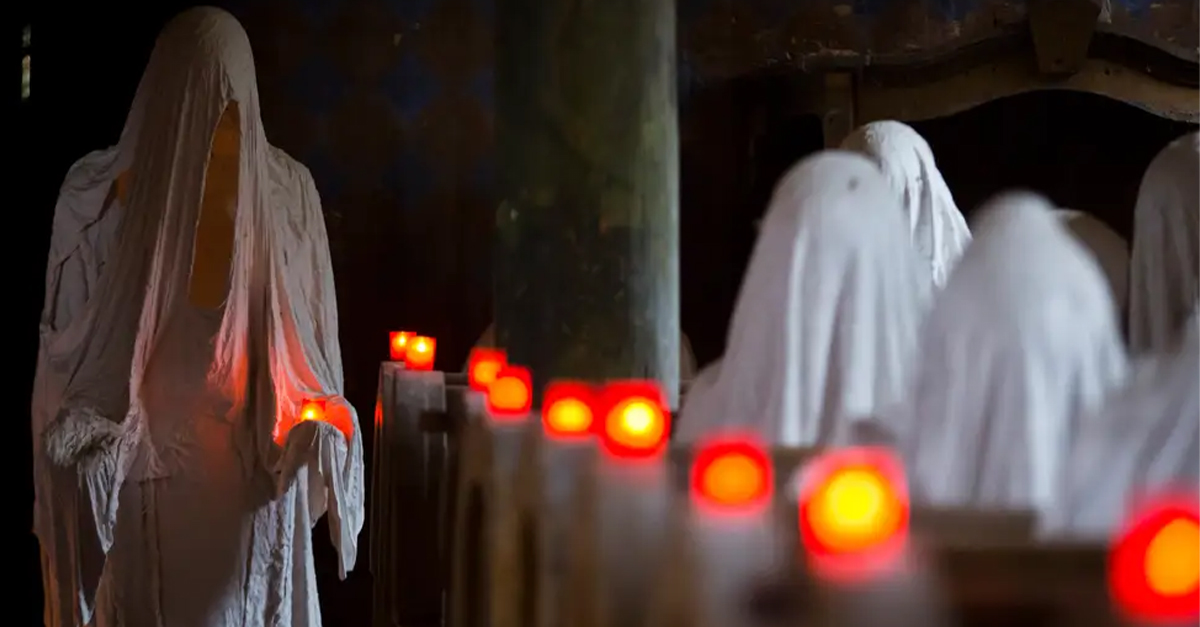A Time Capsule In The Sand
At Holloman Air Force Base near Alamogordo, New Mexico, an astonishing archaeological find was unearthed—an 8,200-year-old Paleo-Archaic campsite. What makes this discovery so remarkable is its preservation beneath shifting gypsum dunes. These dunes, which formed long after the site was abandoned, acted as a natural vault, locking in the details of daily life from a forgotten era. It’s a window into a world long gone, untouched and almost perfectly frozen in time.
A Roadside Surprise
The discovery began quite by accident. Geomorphologists surveying a roadside cut noticed an unusual rock that didn’t belong. Upon closer inspection, it turned out to be a stone tool. That simple find launched a major excavation effort, revealing layers of archaeological significance buried under tons of sand. It's a testament to how some of history's greatest revelations can start with the smallest clues.
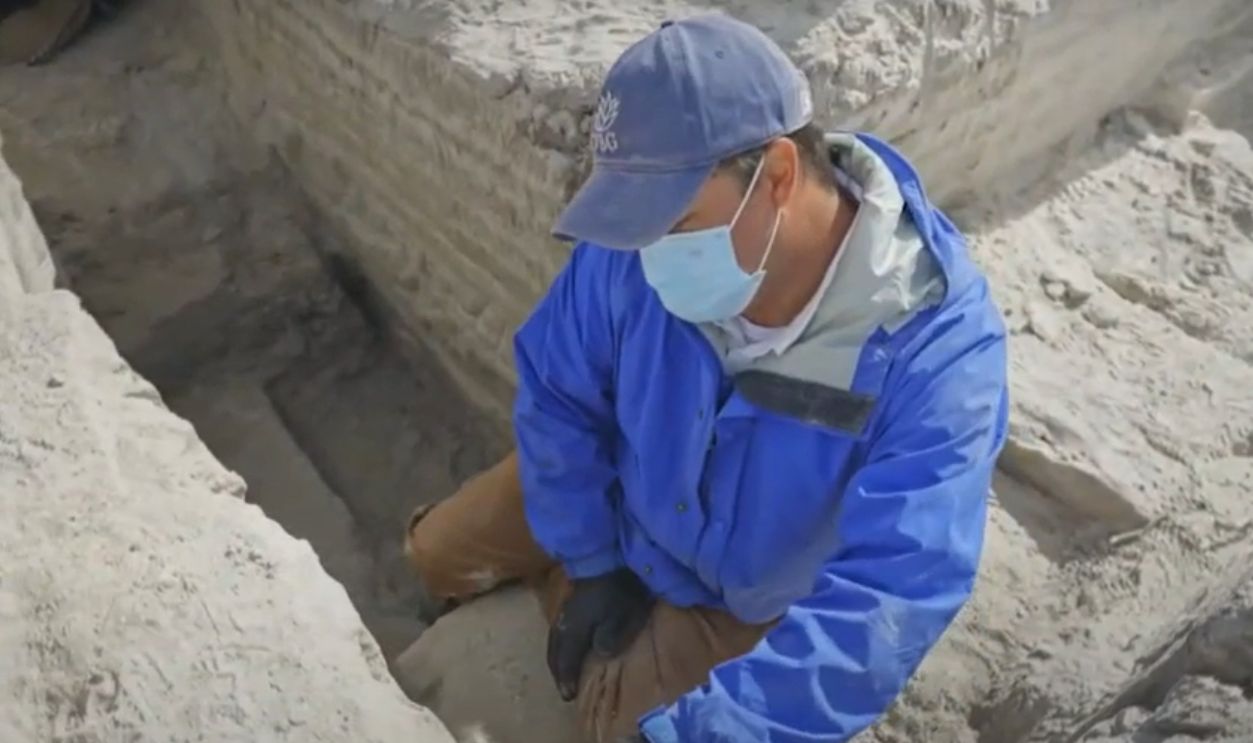 Researchers discover prehistoric campsite at Holloman AFB, KOB 4
Researchers discover prehistoric campsite at Holloman AFB, KOB 4
Under The Dunes
The ancient campsite lay nearly two meters (over six feet) beneath the surface, blanketed by millennia of silt and dune sand. These natural layers acted like a time capsule, protecting delicate hearths and stone tools from erosion and exposure. Such well-preserved stratigraphy allowed archaeologists to date the layers with confidence and study how the environment around the site changed over time.
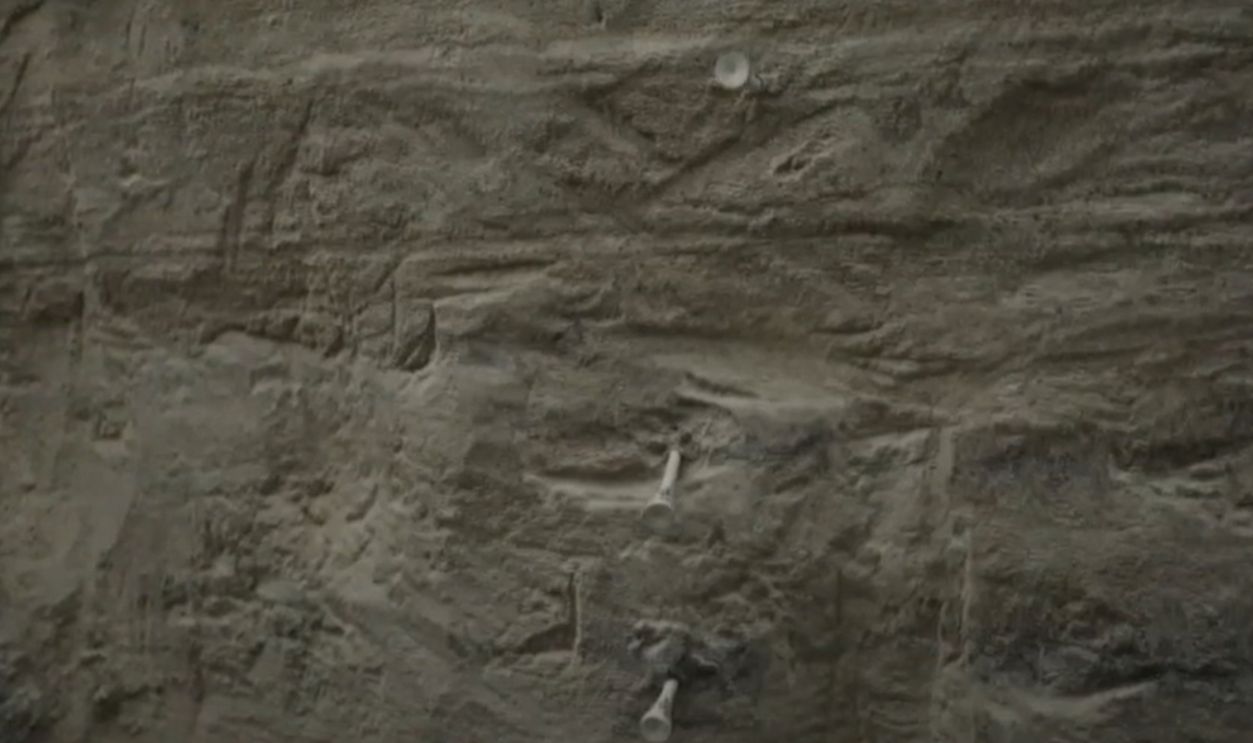 Researchers discover prehistoric campsite at Holloman AFB, KOB 4
Researchers discover prehistoric campsite at Holloman AFB, KOB 4
Meet Matthew Cuba
Matthew Cuba, a member of the 49th Civil Engineer Squadron, led the archaeological investigation. His team was stunned by the level of preservation and the story it told. Cuba described the burial of the site by dunes as "inadvertent protection"—a chance act of nature that safeguarded the past. His work ensures these voices from history are not lost to time.
 Researchers discover prehistoric campsite at Holloman AFB, KOB 4
Researchers discover prehistoric campsite at Holloman AFB, KOB 4
Gomolak Overlook: A Cool Name
Every great discovery needs a memorable name. The site was designated LA202921 but informally dubbed "Gomolak Overlook"—a nod to one of the lead geomorphologists. Naming the site not only makes it more accessible to the public but also gives personality to what could otherwise be a sterile catalogue number. It’s a reminder that stories lie behind every label.
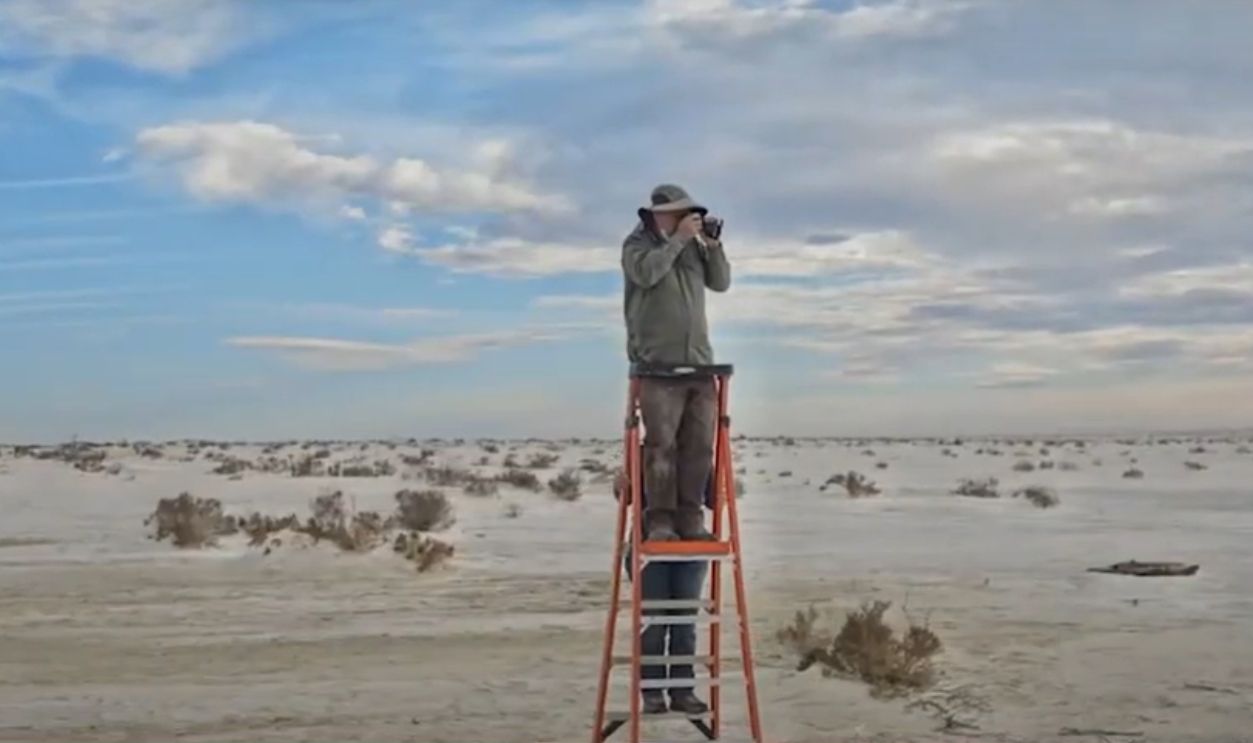 Researchers discover prehistoric campsite at Holloman AFB, KOB 4
Researchers discover prehistoric campsite at Holloman AFB, KOB 4
A Campfire Snapshot
Excavators uncovered multiple hearths at the site—primitive fire pits where ancient peoples likely cooked meals, kept warm, and shared stories. The presence of mesquite charcoal within these hearths helps researchers understand what kind of vegetation was present and how it was used. Each fire pit is a snapshot of a communal moment, long extinguished but still speaking through ash.
 Researchers discover prehistoric campsite at Holloman AFB, KOB 4
Researchers discover prehistoric campsite at Holloman AFB, KOB 4
Charcoal That Tells Tales
Carbon dating of the mesquite charcoal found in the hearths pegged the site to about 8,200 years ago. This places it squarely in the Paleo-Archaic period—a transitional time when nomadic lifestyles began to shift toward more settled, agriculture-based communities. The carbonized remains tell us not just when people lived here, but how they lived and adapted to a changing world.
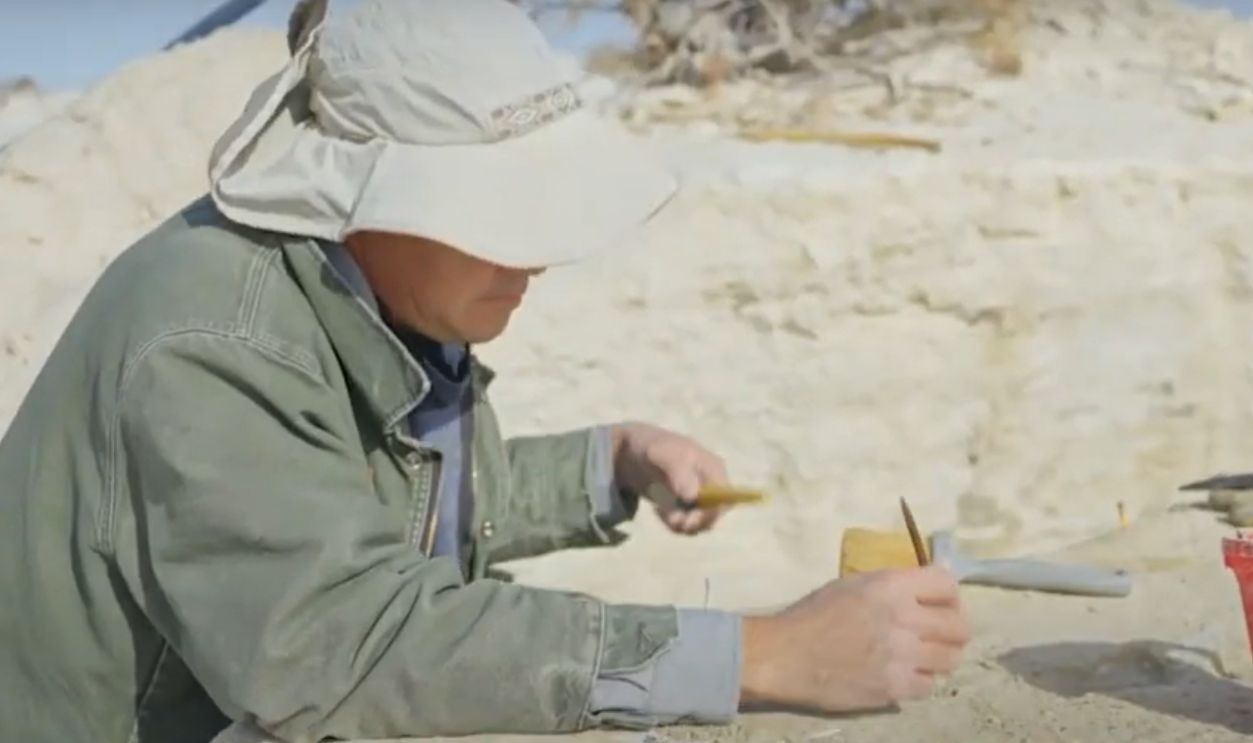 Researchers discover prehistoric campsite at Holloman AFB, KOB 4
Researchers discover prehistoric campsite at Holloman AFB, KOB 4
The Artifacts
Roughly 70 artifacts were recovered from the site, including flaked stone tools and early ground-stone implements. These objects offer a glimpse into the daily lives of early settlers—how they hunted, prepared food, and crafted tools. Unlike later sites where such items may be scattered or degraded, the preservation here allows for detailed analysis of early technology and behavior.
Paleo-Archaic People
The people who used this site were likely Paleo-Archaic—a cultural group descended from the first Americans. They were mobile foragers who may have been experimenting with plant domestication. Understanding how they lived helps bridge the gap between Ice Age megafauna hunters and more sedentary, agriculture-based societies. These ancient settlers were the foundation of what would become the diverse Indigenous cultures of the Southwest.
 Researchers discover prehistoric campsite at Holloman AFB, KOB 4
Researchers discover prehistoric campsite at Holloman AFB, KOB 4
Dunes On The Move
The White Sands gypsum dunes, formed between 6,500 and 7,000 years ago, are still active today—moving up to 30 feet each year. It’s this relentless movement that buried the campsite under layers of protective sand. What seems like an environmental hazard is, in this case, a preservative force of nature, covering the past in a blanket of time.
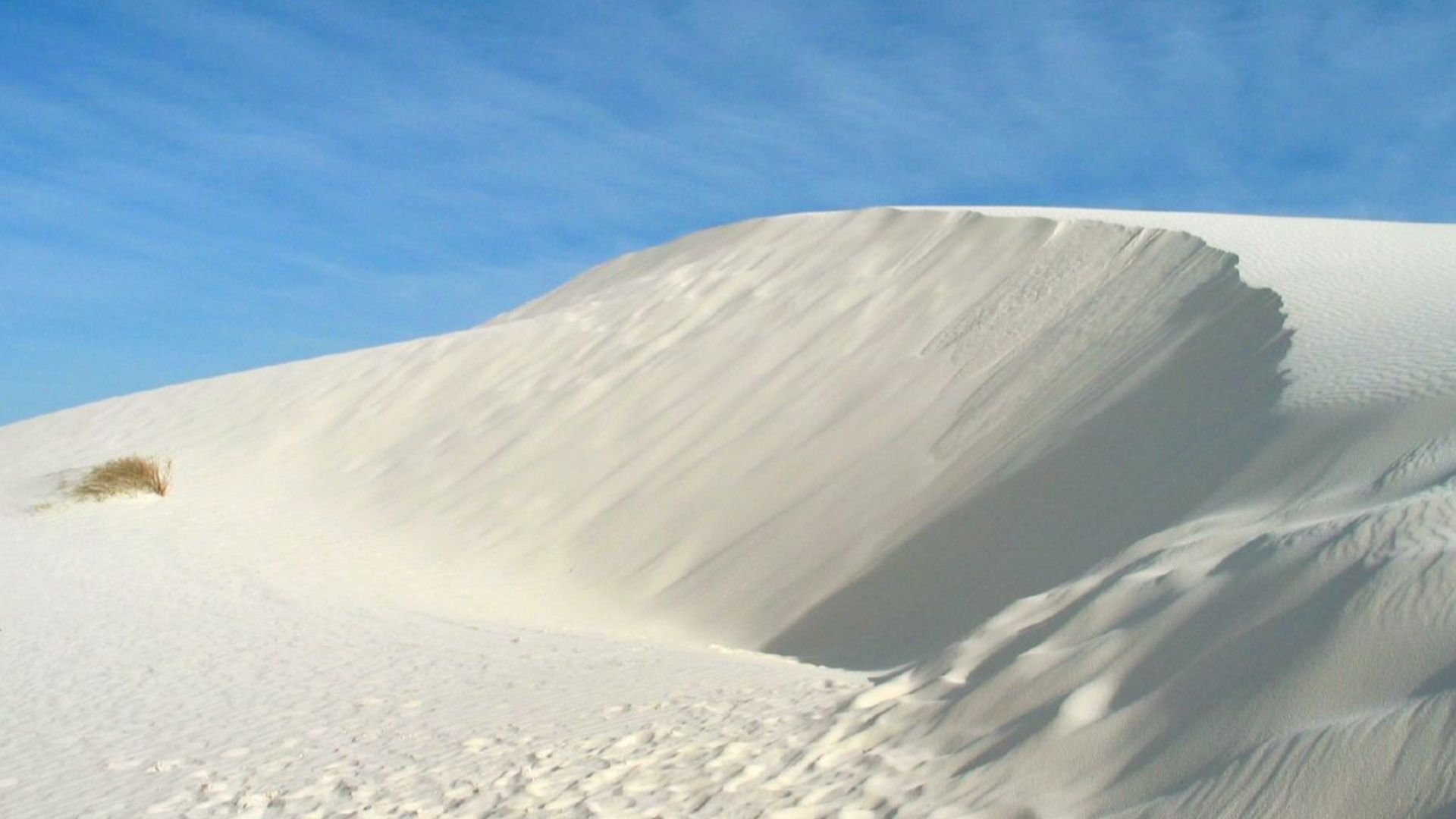 davebluedevil, Wikimedia Commons
davebluedevil, Wikimedia Commons
Protected By The Military
Holloman Air Force Base spans thousands of acres, much of it inaccessible to the public. Ironically, this military control has helped protect more than 400 archaeological sites from looting and development. The base's environmental stewardship program ensures that even while jets scream overhead, the ancient ground below is being carefully studied and preserved.
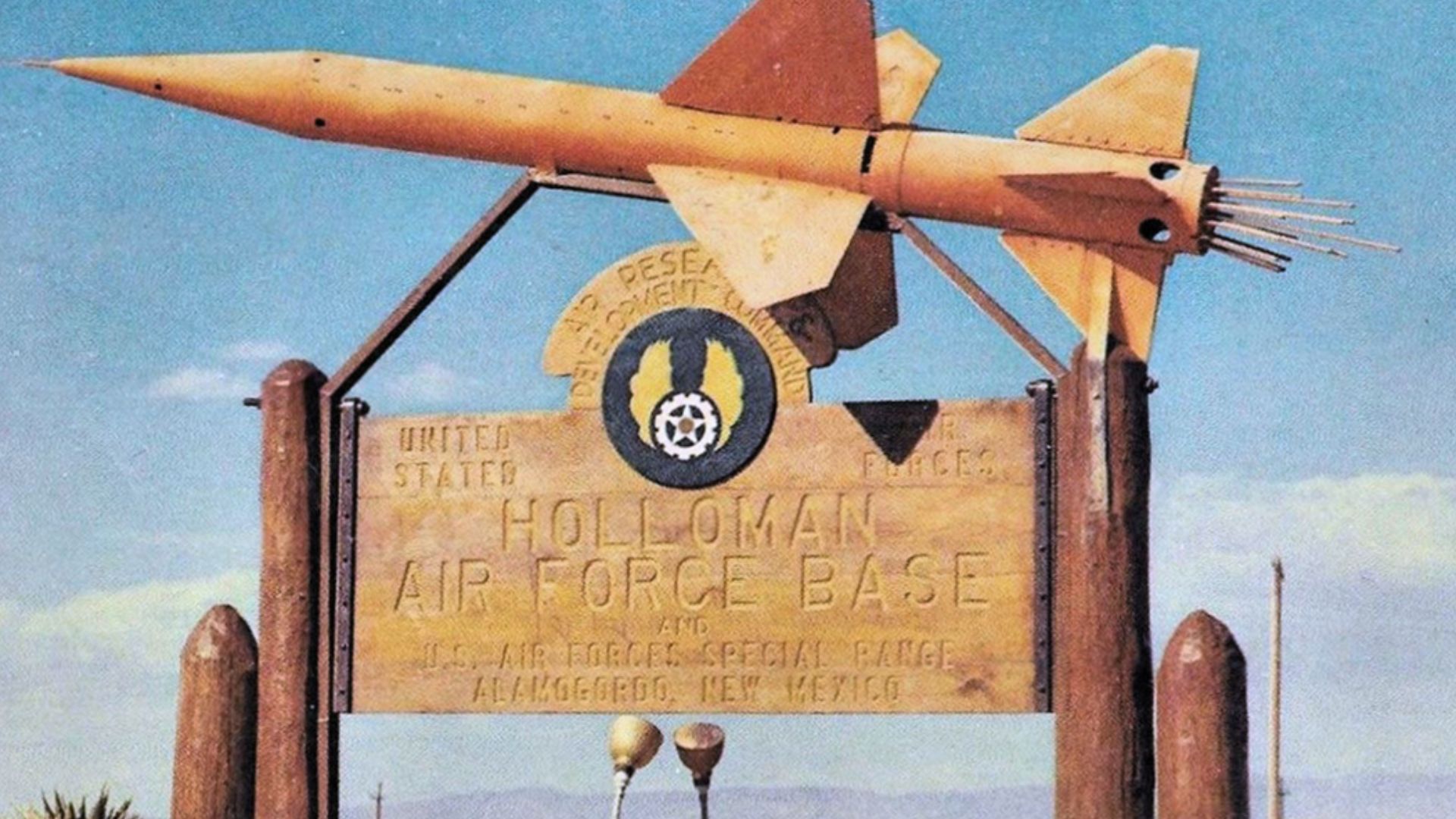 United States Air Force, Wikimedia Commons
United States Air Force, Wikimedia Commons
Tularosa’s Deep Story
The Tularosa Basin, where the base is located, is one of the richest archaeological regions in North America. Sites here range from Ice Age footprints to much later Pueblo settlements. The 8,200-year-old campsite adds a critical piece to that timeline, showing that people have lived—and thrived—here almost continuously for tens of thousands of years.
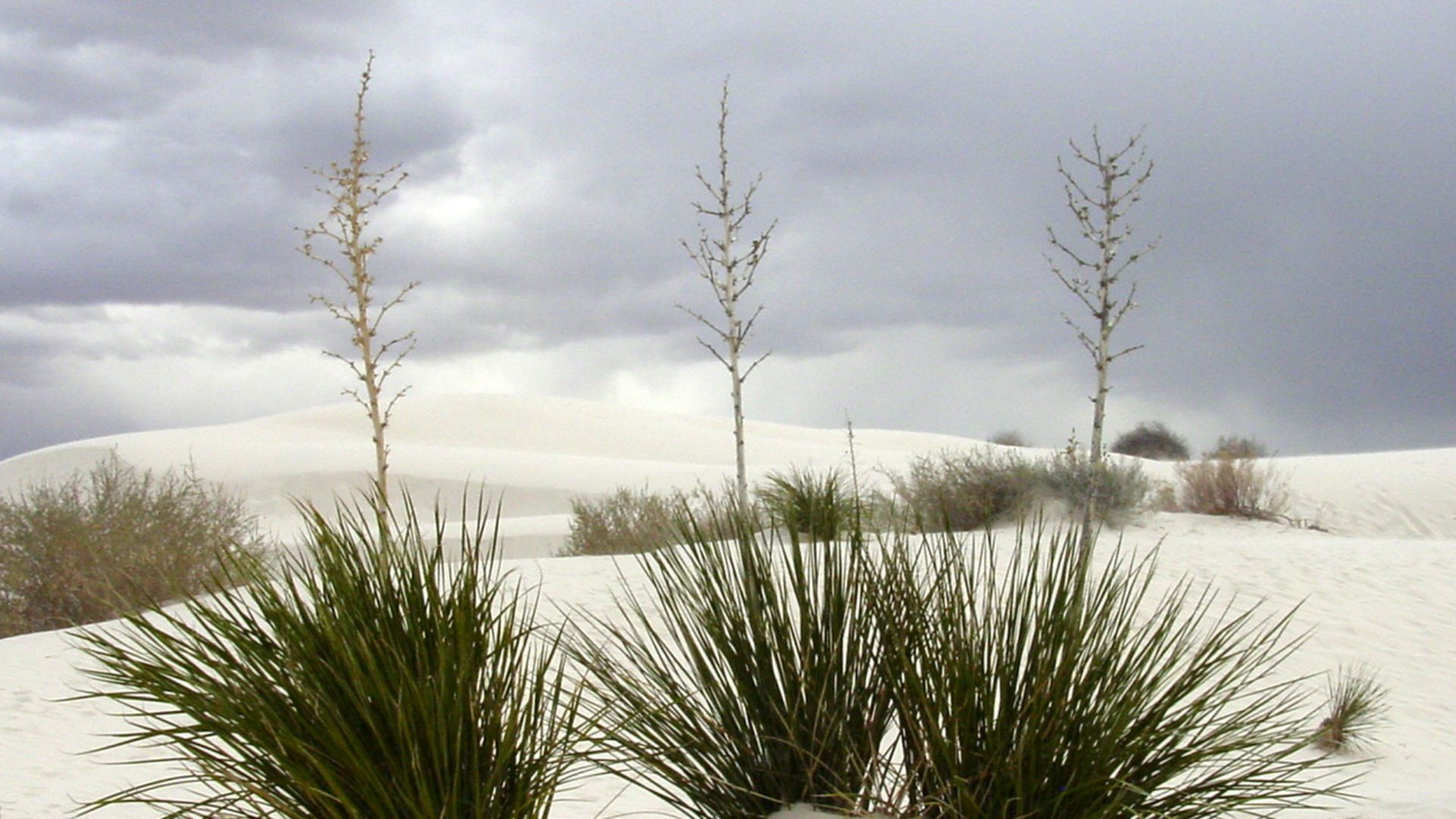 David Jones, Wikimedia Commons
David Jones, Wikimedia Commons
A Land Of Footprints
Just miles from the campsite, White Sands National Park holds some of the oldest human footprints in the Americas—dating back over 21,000 years. These prints are direct evidence of ancient humans walking across muddy lakeshores, tracking animals, and perhaps fleeing predators. The new find links these ephemeral traces to a longer story of occupation.
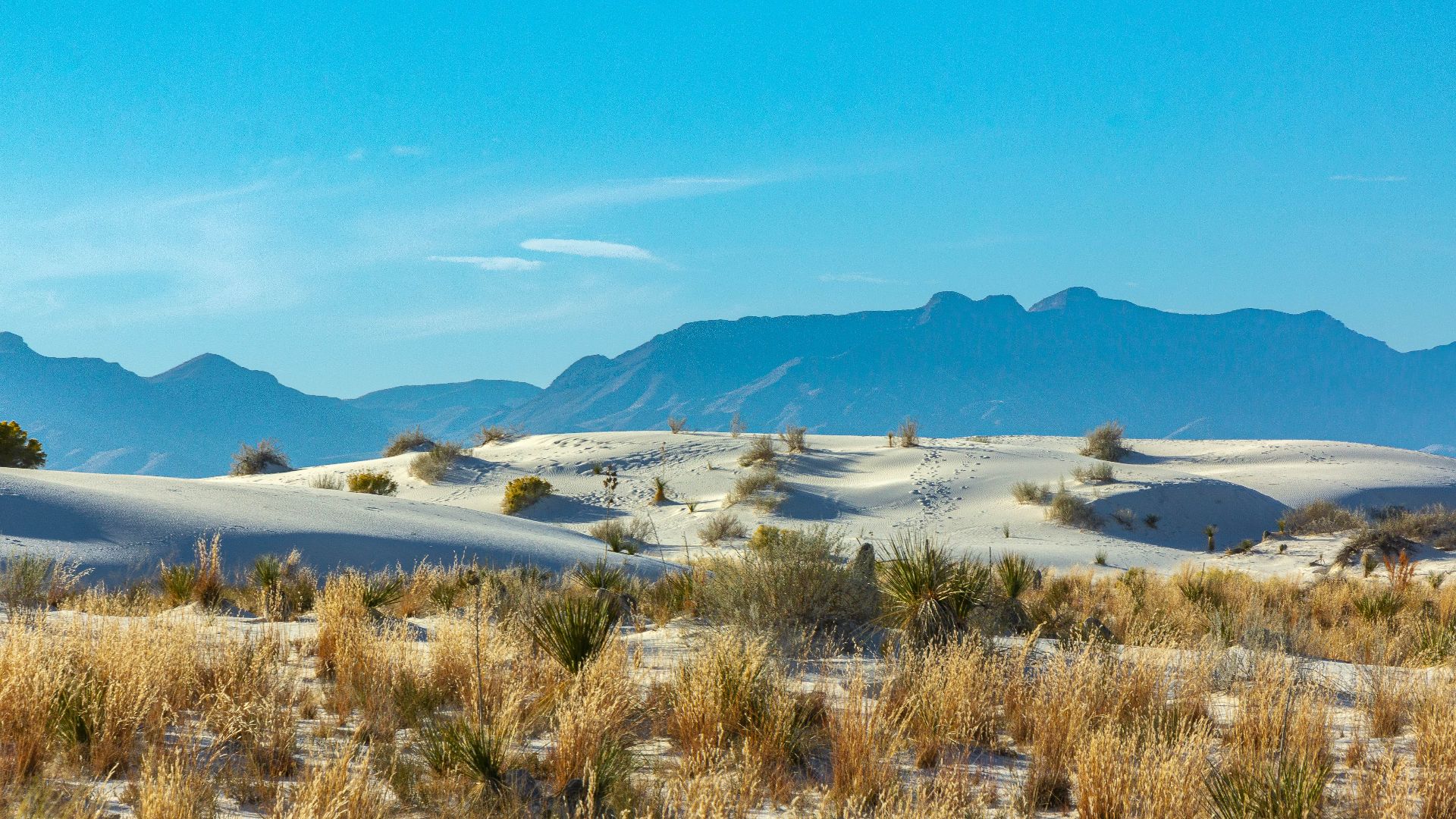 Larry Mills, Wikimedia Commons
Larry Mills, Wikimedia Commons
Ancient Neighbours
Among the White Sands footprints are those of Ice Age megafauna—giant sloths and mammoths that coexisted with early humans. This suggests that long before agriculture or even permanent settlements, this desert was teeming with life. The people at Gomolak Overlook may have descended from these early trailblazers who roamed a very different landscape.
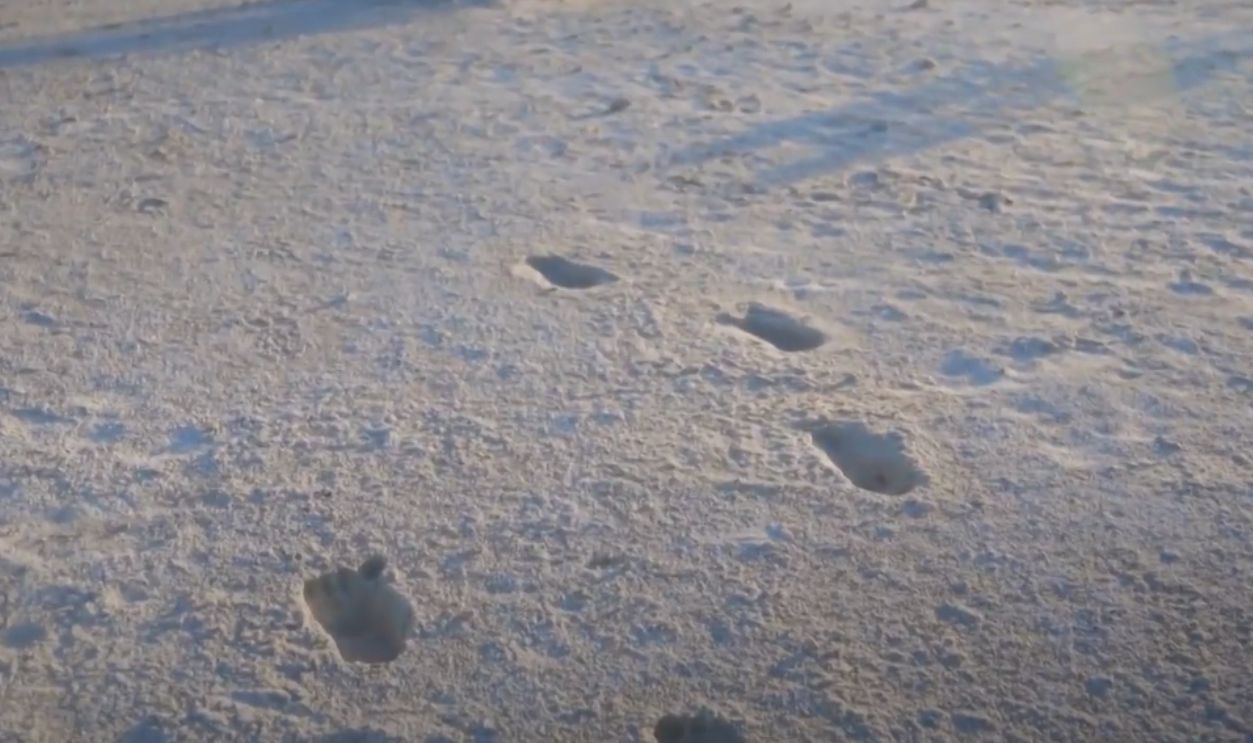 An 8,200-year-old campsite found at Holloman Air Force Base in New Mexico, KRQE
An 8,200-year-old campsite found at Holloman Air Force Base in New Mexico, KRQE
Mesquite: More Than Firewood
Mesquite, found in the site's hearths, is not just fuel—it was also used for food, tools, and medicine. The presence of mesquite charcoal reveals that these ancient peoples had an intimate knowledge of their environment and the resources it provided. It’s a small but crucial piece of the subsistence puzzle.
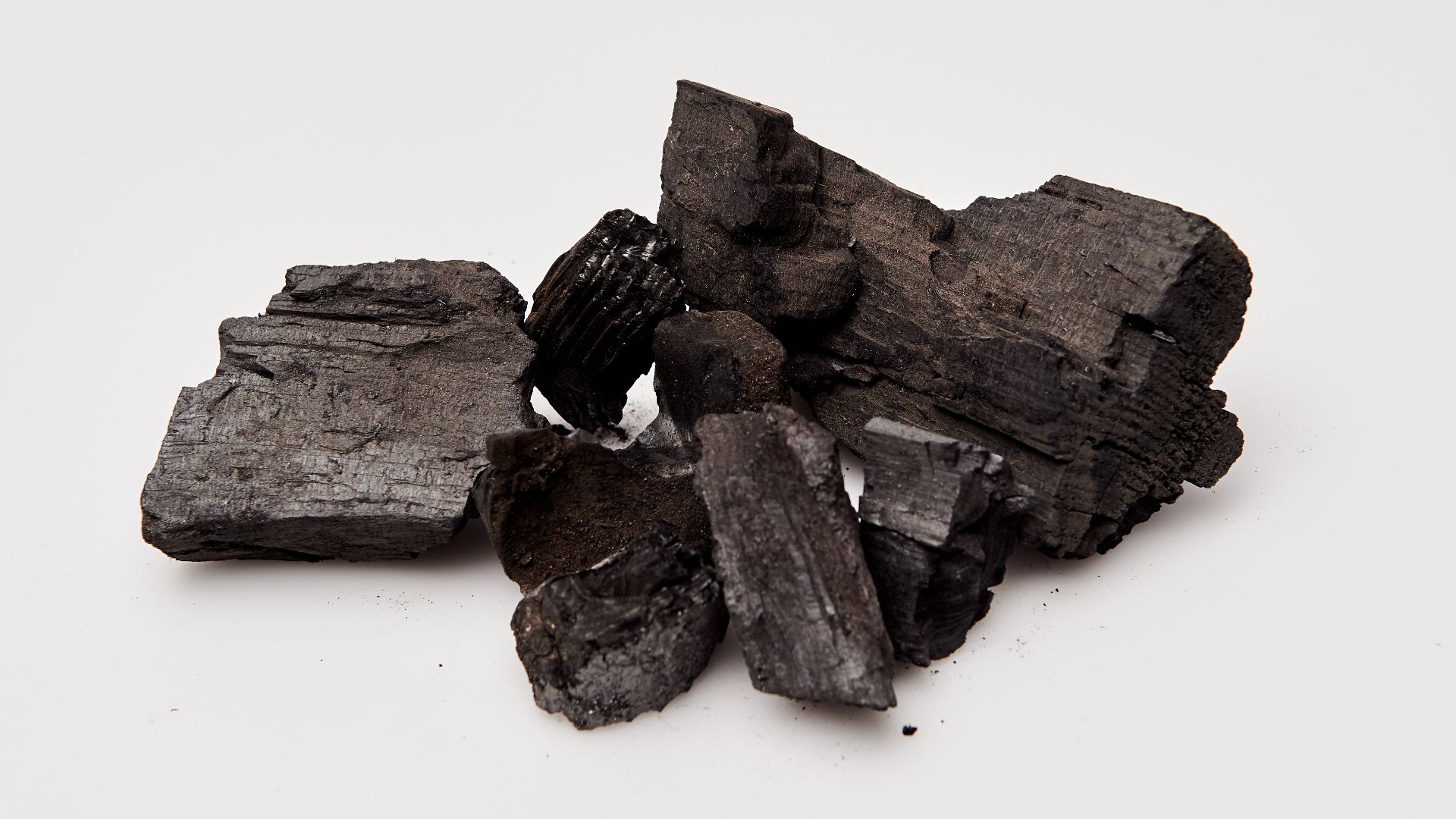 Dati Bendo, European Commission, Wikimedia Commons
Dati Bendo, European Commission, Wikimedia Commons
From Campsite To Community
The arrangement of hearths and artifacts suggests more than a one-night stay. This was likely a seasonal camp, visited repeatedly by groups of early settlers. They would have gathered here to hunt, gather, cook, repair tools, and share communal bonds. It’s one of the earliest glimpses we have into the formation of social networks in the region.
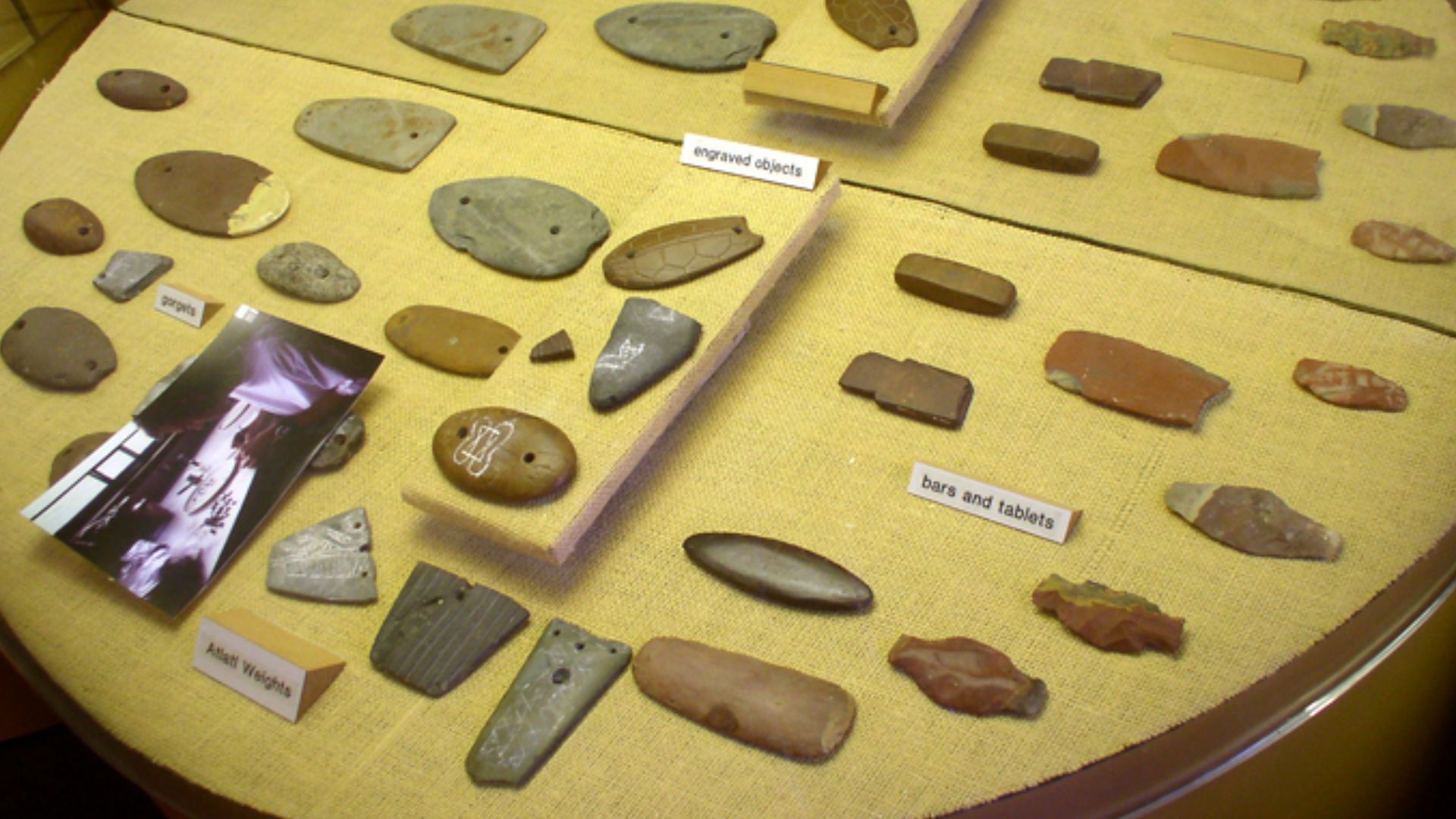 Heironymous Rowe (talk), Wikimedia Commons
Heironymous Rowe (talk), Wikimedia Commons
Secrets In The Sand
The windblown layers of silt and gypsum that buried the site did more than just cover it—they protected its secrets for over eight millennia. These layers are like the pages of a book, each one preserving evidence of environmental shifts, human adaptation, and technological development. Together, they tell a story of resilience.
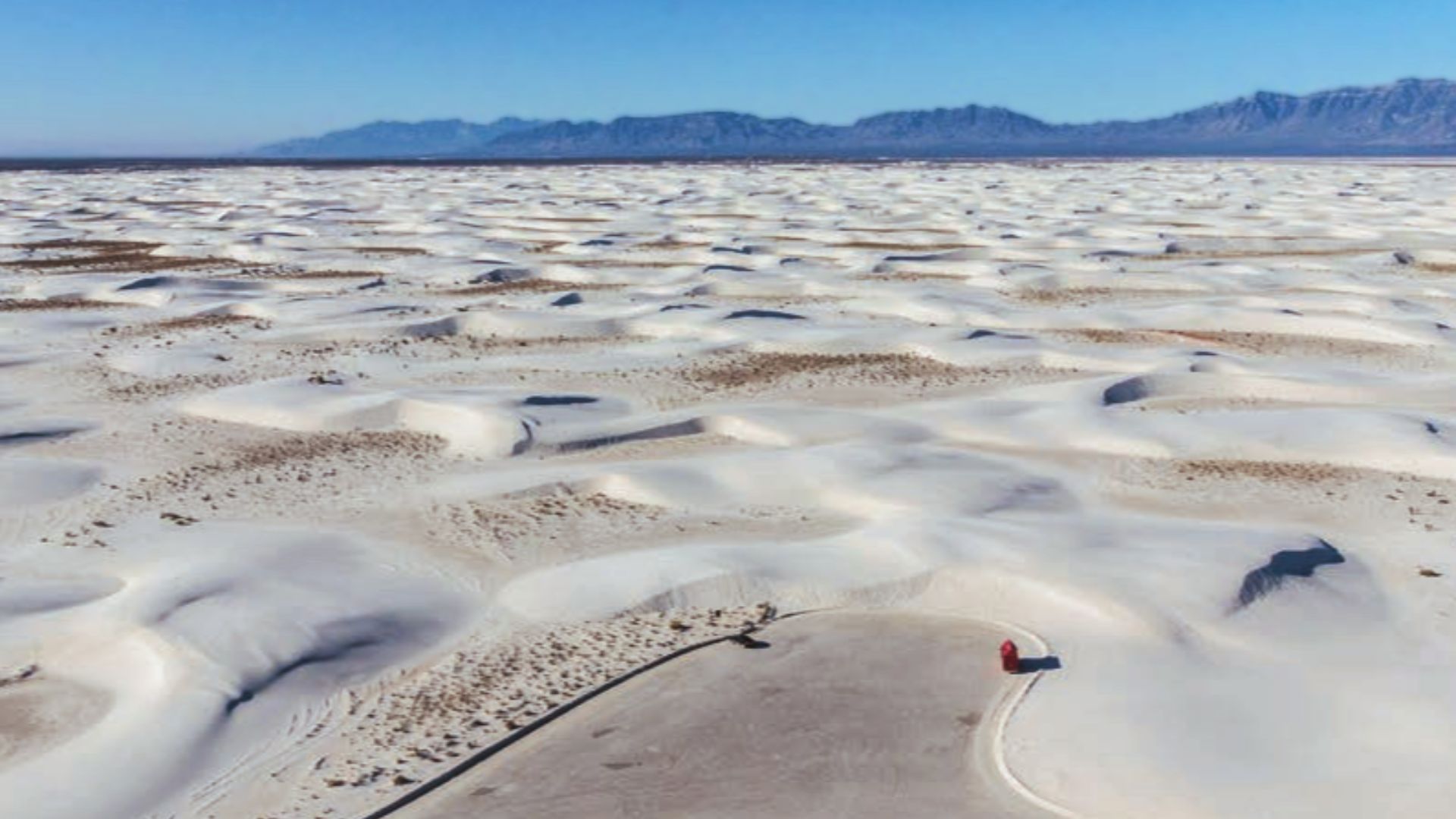 uncredited NPS employee, Wikimedia Commons
uncredited NPS employee, Wikimedia Commons
Why It Matters
Gomolak Overlook is more than a curiosity—it fills in a vital chapter in the human story of the American Southwest. At a time when much about early human settlement remains unclear, this site provides hard evidence of how people adapted, survived, and even flourished in an arid and shifting landscape.
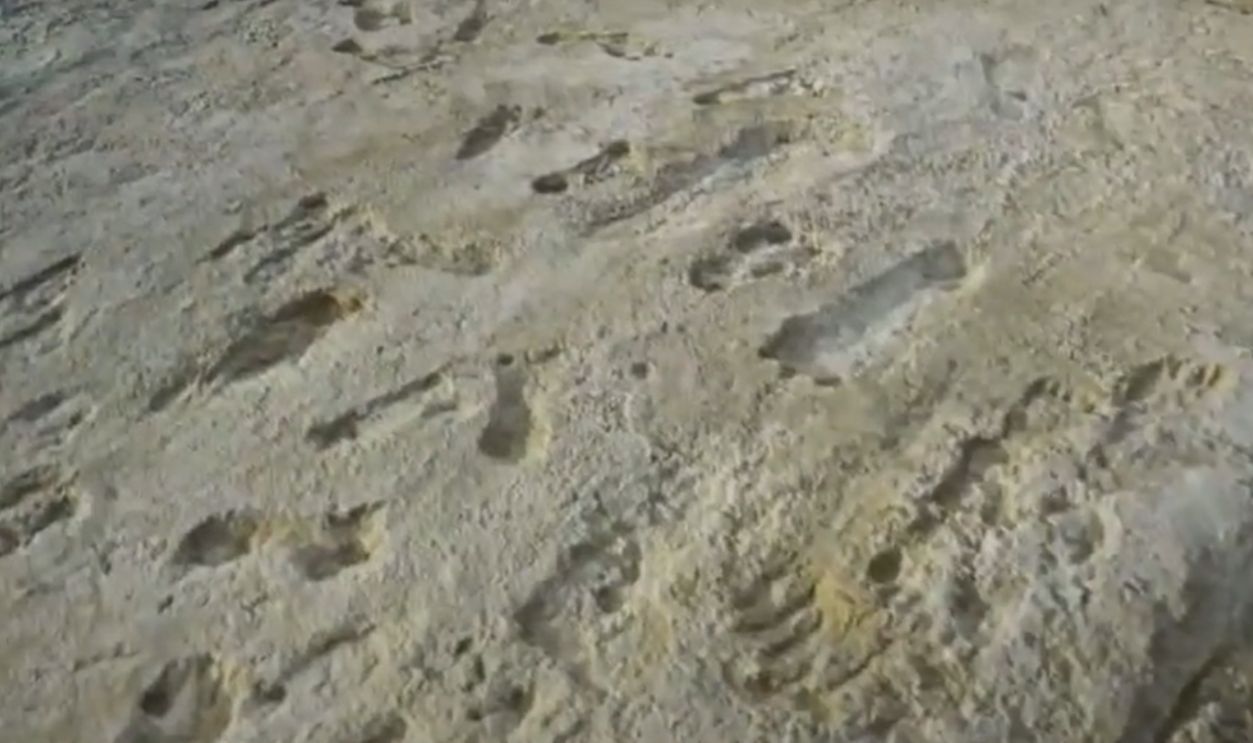 Researchers discover prehistoric campsite at Holloman AFB, KOB 4
Researchers discover prehistoric campsite at Holloman AFB, KOB 4
What Comes Next?
This discovery is likely just the beginning. Archaeologists plan to conduct further surveys and excavations across Holloman AFB. With hundreds of square miles yet unexplored, who knows what else lies beneath the sands—tools, structures, maybe even human remains that could unlock genetic insights into early populations.
 United States Air Force, Wikimedia Commons
United States Air Force, Wikimedia Commons
Echoes Through The Ages
Every hearth, tool, and grain of charcoal at Gomolak Overlook whispers across millennia. The site serves as a poignant reminder that beneath even today’s modern landscapes lie traces of lives long past. Their stories may be buried, but thanks to the diligence of scientists and serendipity of nature, they are not forgotten.
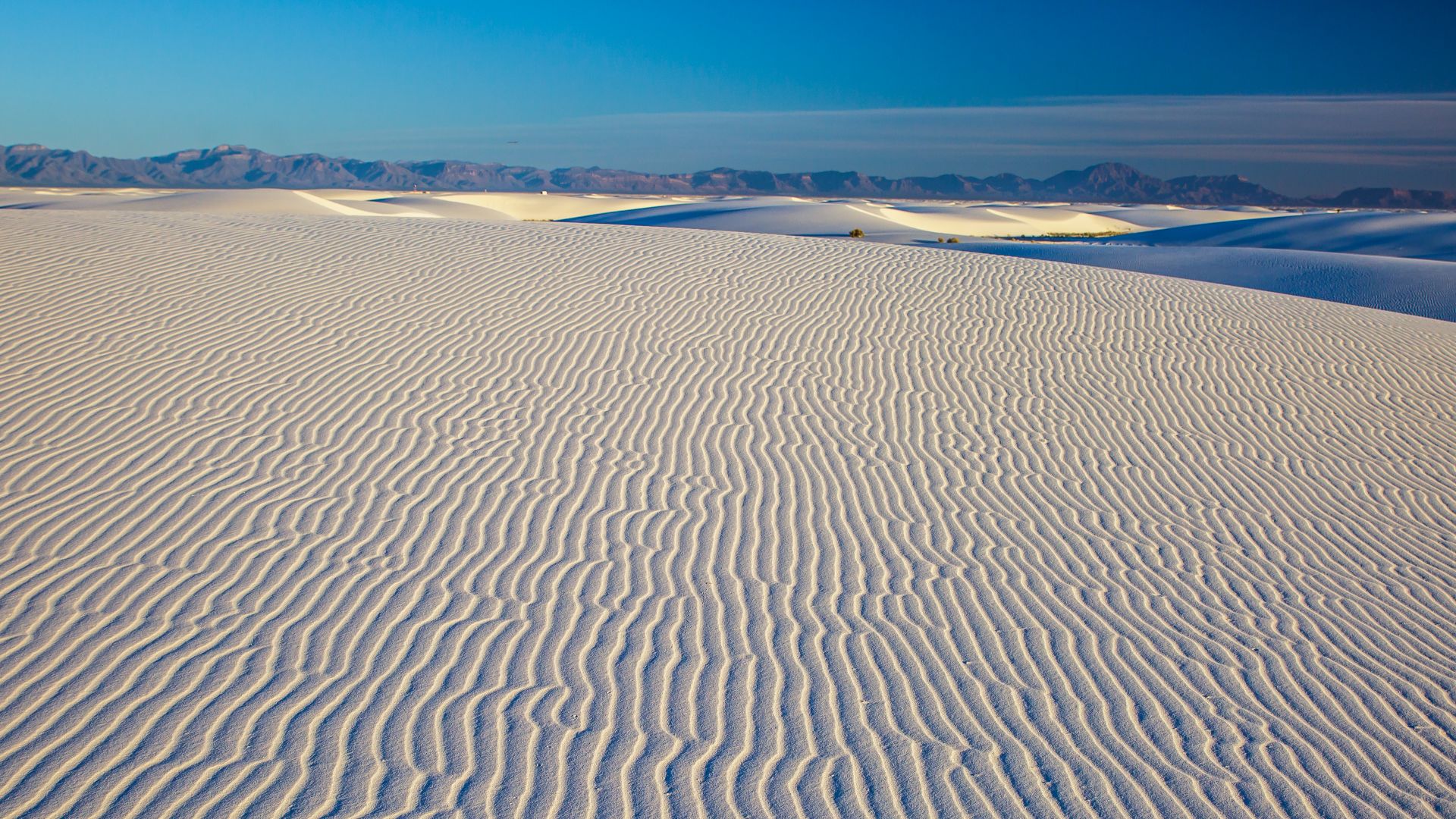 Murray Foubister, Wikimedia Commons
Murray Foubister, Wikimedia Commons
You May Also Like:
One Gorilla Fossil Changed The Science Of Evolution Forever

